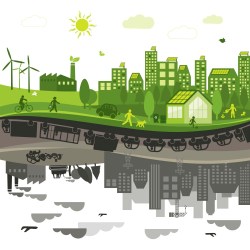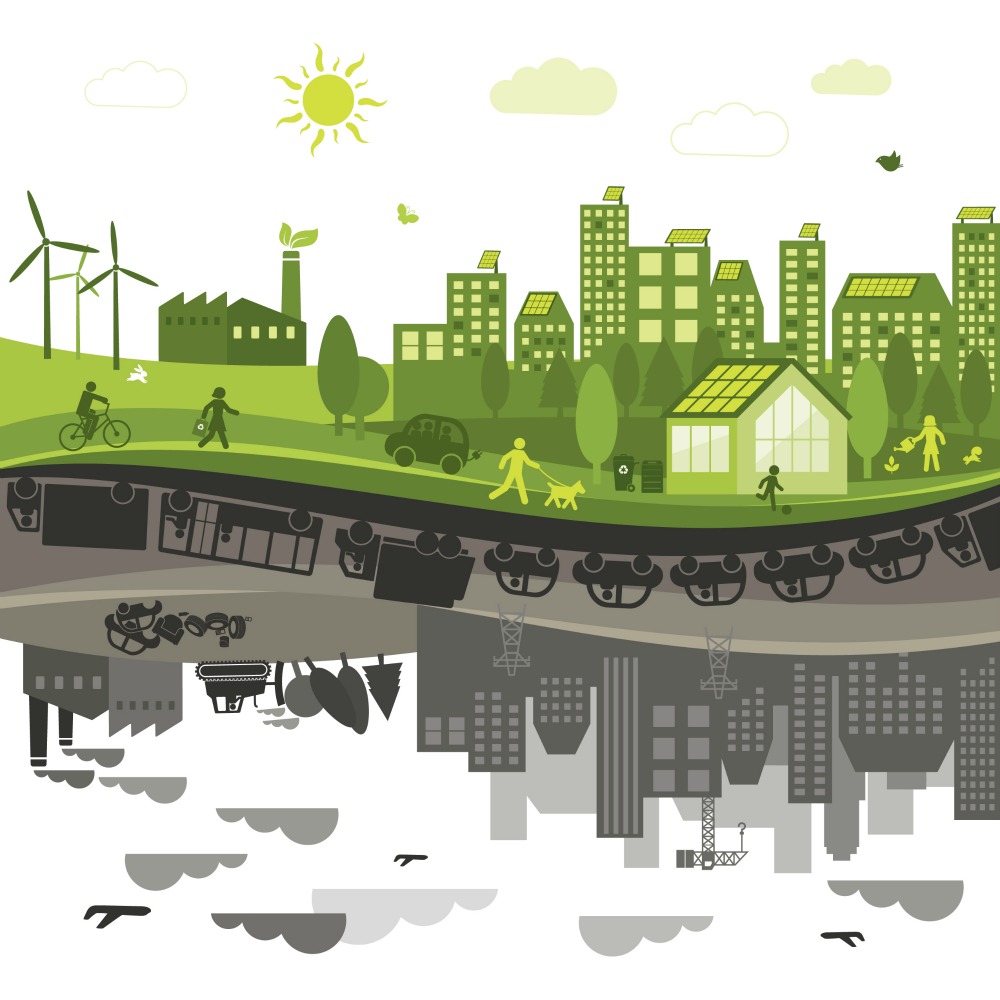 I’ve been referring somewhat vaguely to “a future that makes sense” in posts recently. It’s something I hope to flesh out over the next year or so. One thing I want to do is lay out some broad principles that would distinguish a FTMS from a continuation of the status quo (which would definitely not make sense).
I’ve been referring somewhat vaguely to “a future that makes sense” in posts recently. It’s something I hope to flesh out over the next year or so. One thing I want to do is lay out some broad principles that would distinguish a FTMS from a continuation of the status quo (which would definitely not make sense).
One of those broad principles involves a shift from centralized hubs of production or decisionmaking to distributed, loosely networked local nodes. I’ll probably write a long, wanky thought piece on this at some point — there’s a lot to say — but for now I just want to point to a great example of the challenges of distribution and how they’re being overcome.
Let’s focus on distribution in energy, though I think the benefits are generalizable. Distributed energy — whether it’s rooftop panels, solar farms in the 2-20MW range, small wind farms, small hydro, geothermal, cogeneration and other waste-heat capture, district heating and cooling, or small biomass generators — has certain advantages over equivalent power from large coal or nuclear plants. It saves on capital costs; it can be built (and financed) in increments, over time, rather than in one big chunk; power sources can be located on marginal or already developed land, closer to loads, saving on transmission costs and inefficiencies; it disperses the economic benefits and political influence of power generation more broadly and equitably.
But with a rise in distributed energy comes a sharp rise in transaction costs. With a coal plant, you’ve got one company, one construction project, one piece of land, and one set of permits. With equivalent distributed energy, you have thousands upon thousands of decisions and negotiations and contracts and permits and other human interactions. Every one of them is a potential source of friction.
For distributed energy to gain competitive advantage, it has to bring down these transaction costs. It can’t match central generation in sheer muscle (or raw dollar-per-mWh, without social costs factored in). It can, however, double down on its intrinsic advantages: nimbleness, flexibility, and speed. That means reducing friction.
Note that reducing the friction of human interactions is not primarily a job for engineers. Information technology will be a revolutionary tool for reducing transaction costs, but the prime movers will be innovators in what we might call social technology — new means of matching consumers with producers, new models of project finance, new ways of structuring and regulating utilities, new methods of assessing market value, that kind of thing. These are problems of organization, economics, and governance, to be solved by social entrepreneurs, not tech nerds. (No offense to tech nerds.)
All of which is a windy preamble to saying: look at this cool thing!
It’s about a new company called Gridbid, which is trying to solve one of these social-technology problems, namely how to connect consumers who want high-quality solar panels and installations with solar companies able to provide them. Thomas Kinshanko, CEO of parent company Habitat Enterprises, told Fast Company:
After speaking with over 100 players in the solar market, we found that solar installers were paying way too much in business development costs (sometimes up to 20% of total project cost) and building and home owners were struggling to find and select high quality, affordable solar installers.
What Gridbid does is auction rooftops. Fill out a short form and the company will assess your roof’s solar potential and estimate your monthly savings. Local installers then bid on the project and you select the best deal. Voila. Transaction costs reduced.
Gridbid seems to be off to a cracking start. It claims to have auctioned more than $300,000 in rooftop solar in its first week online. I have no idea whether the company will succeed or whether rooftop auctions will prove to be an enduring social innovation. But I feel certain that we’ll see dozens of such companies, models, and innovations in coming years, dedicated to easing transactional friction in distributed energy markets. (Another great model, which has taken off lately, is solar leasing. I should probably do a post on that.)
I have argued before that bottom-up distributed energy, not top-down centralized “clean coal” or nuclear generation, is best matched to America’s unique strengths. We’re a post-industrial economy now, best at research, innovation, and developing smart new IT-based services. That’s just what distributed energy markets need!
So why not own this space? It would make a lot of sense.


